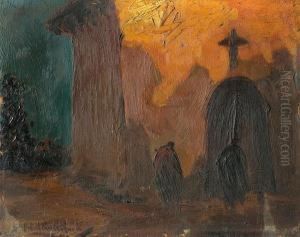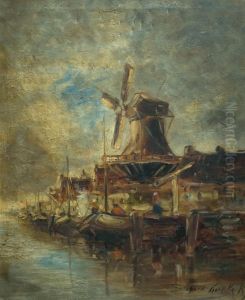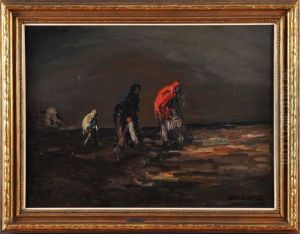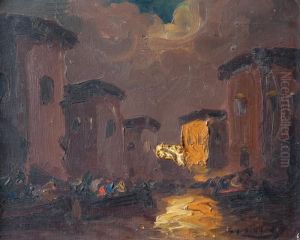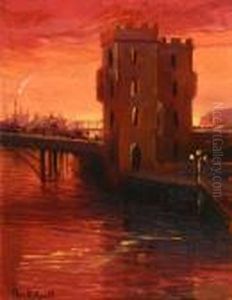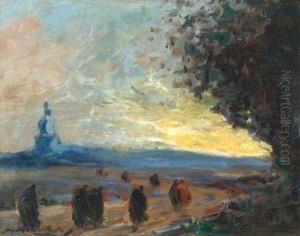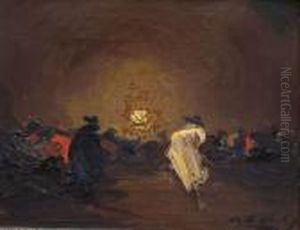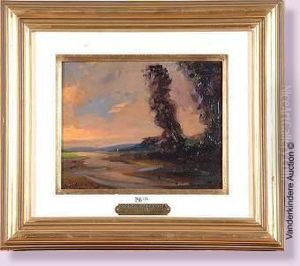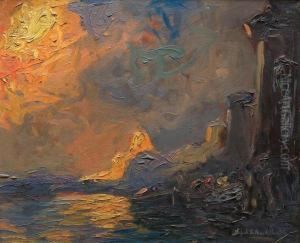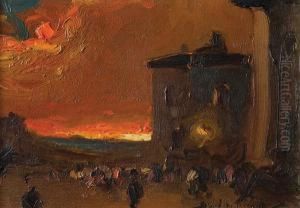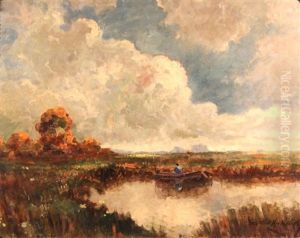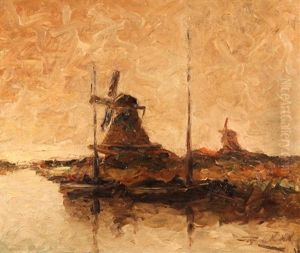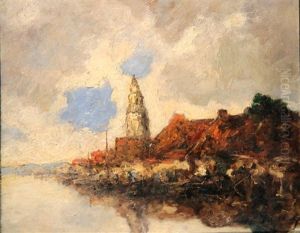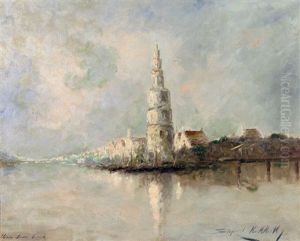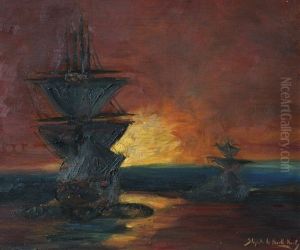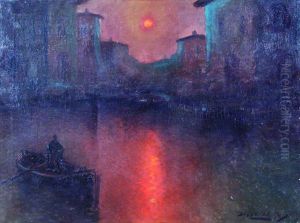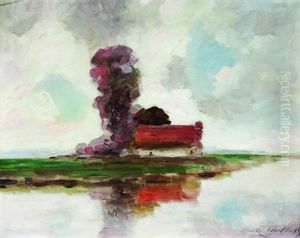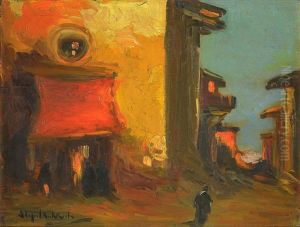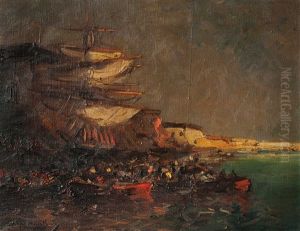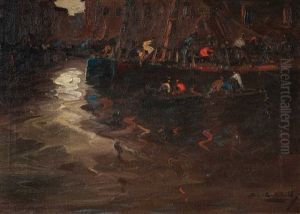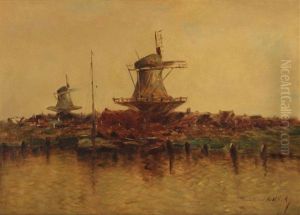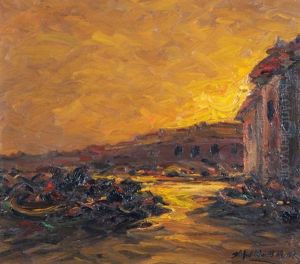Stephen Robert Koekkoek Paintings
Stephen Robert Koekkoek was a British artist known for his landscape paintings and depictions of rural life. Born in London in 1887, he was part of a family with a strong artistic tradition, as his father, Willem Koekkoek, was a celebrated Dutch painter who specialized in town scenes, and his uncle, Hermanus Koekkoek Sr., was also a well-known artist.
From a young age, Stephen was immersed in the world of art, receiving guidance and inspiration from his father and uncle. This early exposure helped him develop a keen eye for detail and a deep appreciation for the Dutch painting style, which would later influence his own work.
Koekkoek's artistic career was marked by his focus on the British countryside, where he captured the serene beauty of pastoral scenes, often populated with figures and animals. His work was characterized by a naturalistic style and meticulous attention to the changing qualities of light and atmosphere.
Despite living through the tumultuous periods of World War I and the early 20th century, Koekkoek maintained a sense of tranquility in his paintings, which offered a respite from the upheaval of the times. His landscapes and village scenes resonated with audiences who found comfort in his idyllic portrayals of rural England.
Stephen Robert Koekkoek's contribution to British art was significant, though he is perhaps less well-known than some of his contemporaries. His paintings continue to be appreciated by art collectors and enthusiasts, particularly those with an interest in the English landscape tradition. Koekkoek's life and work remained anchored in the United Kingdom until his death in 1934.





